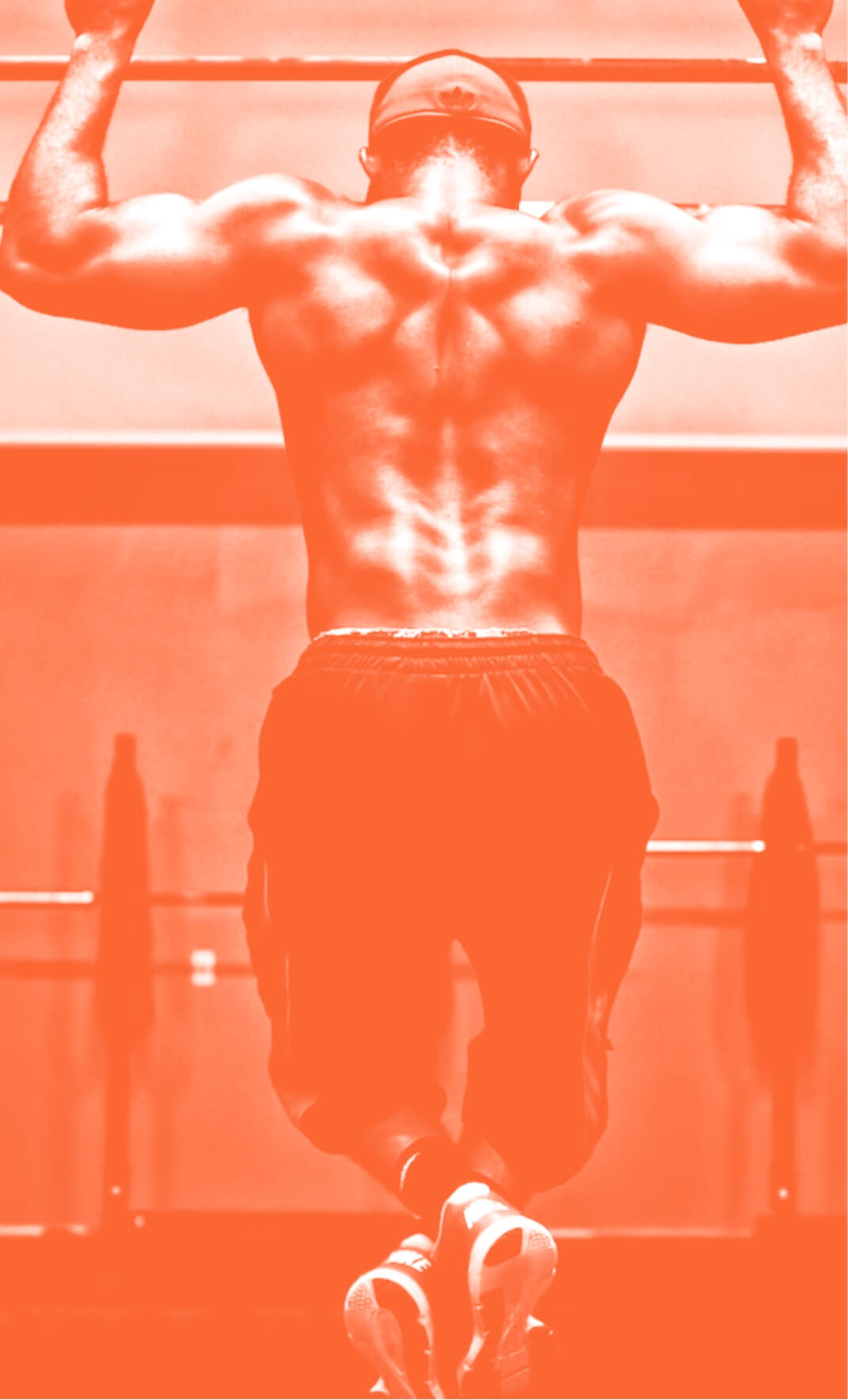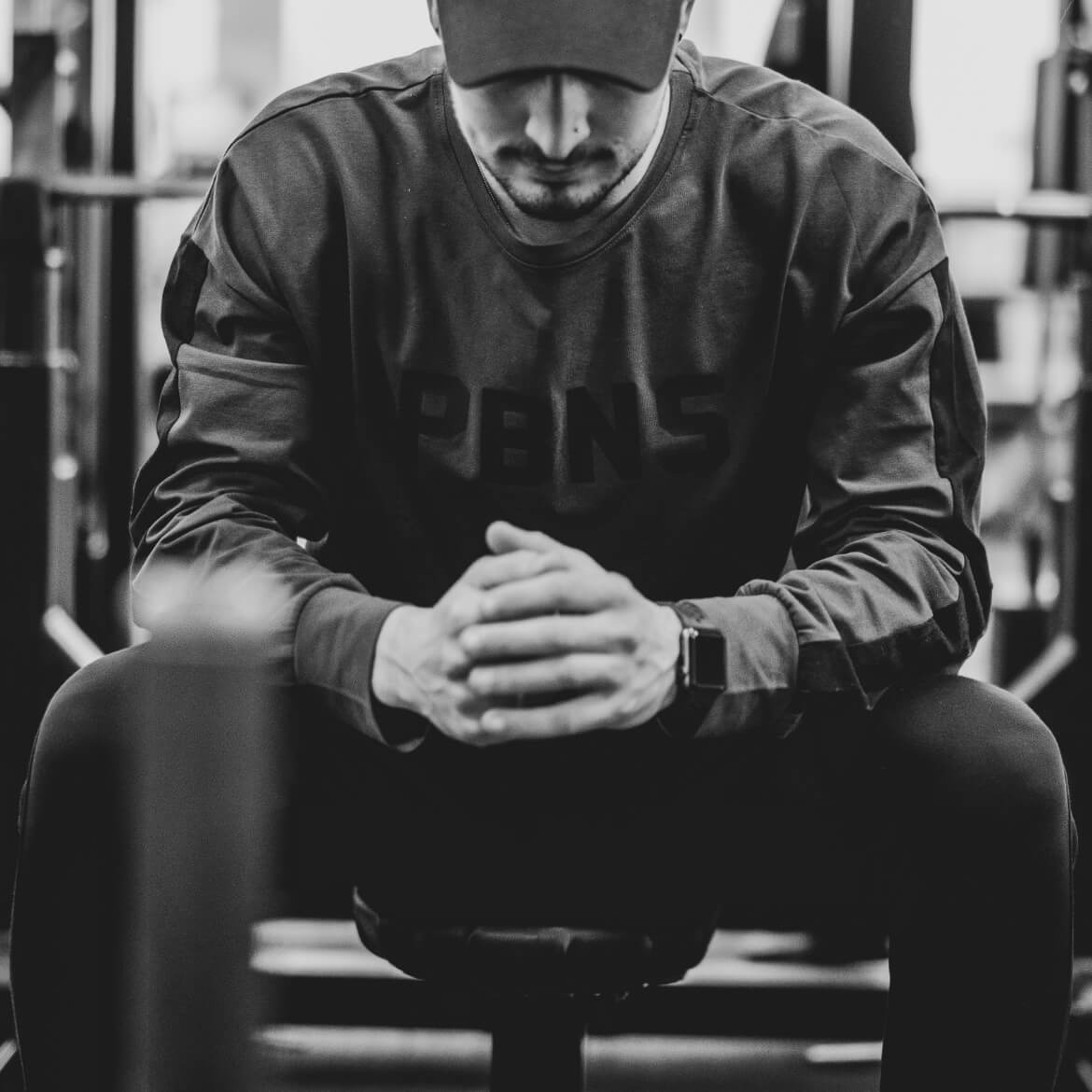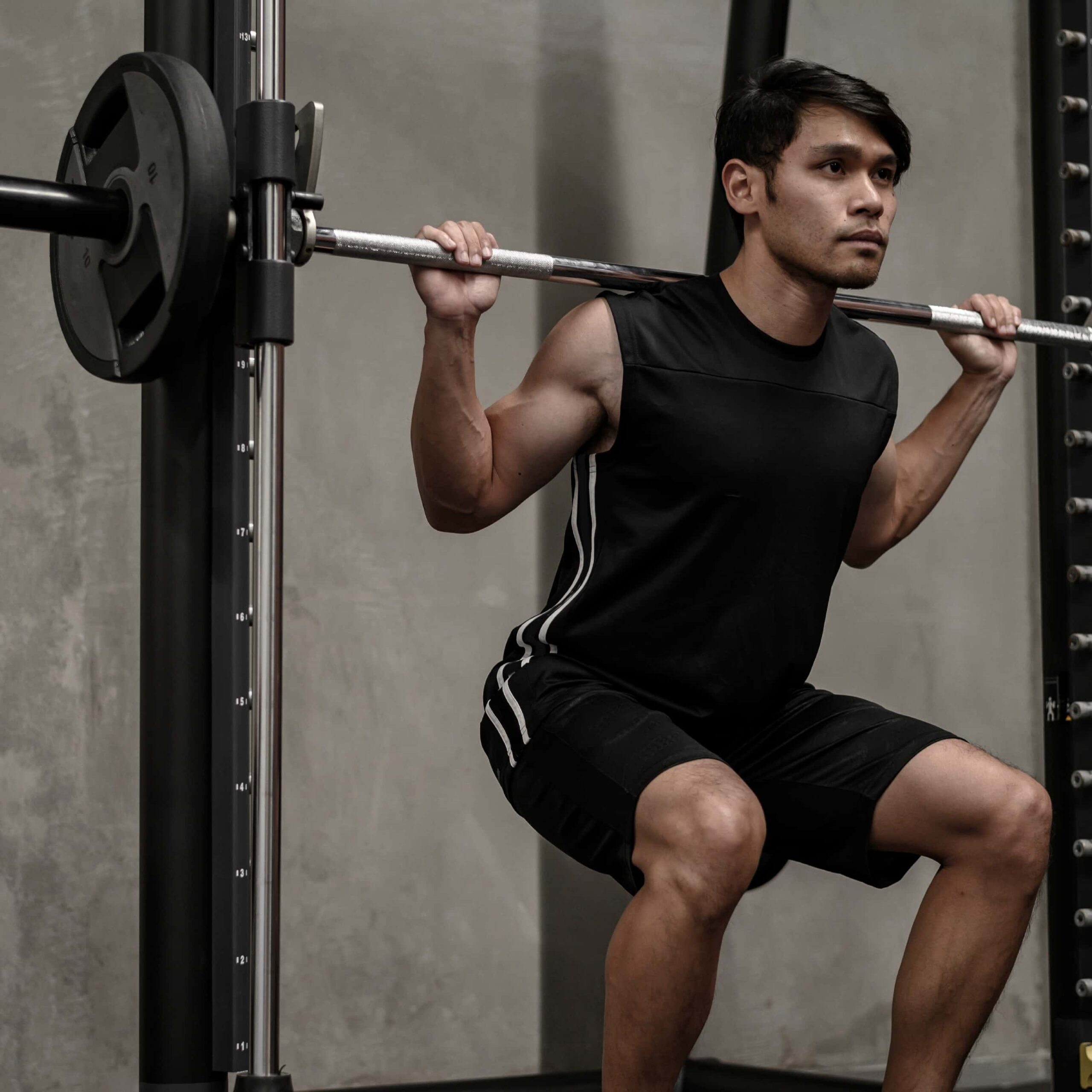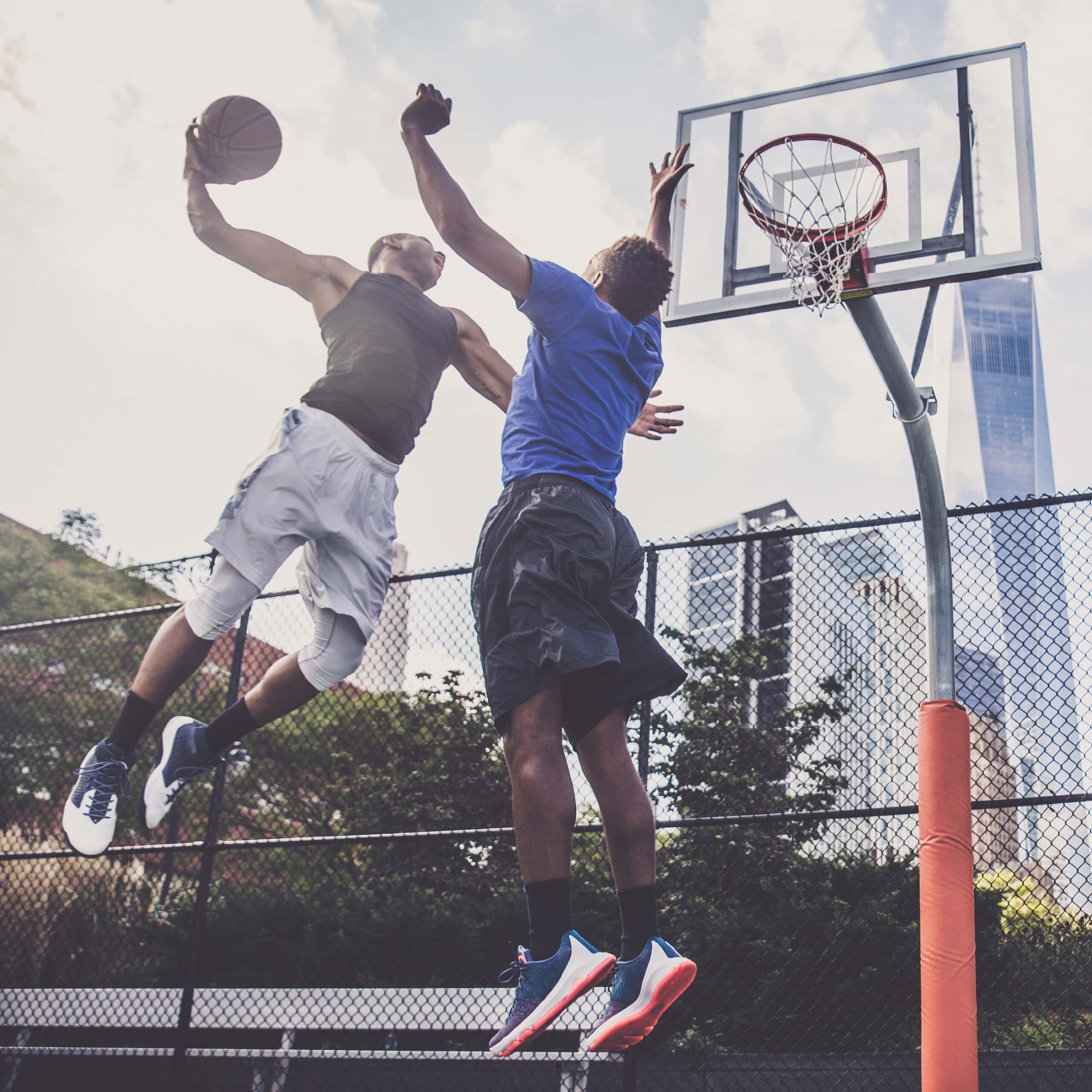9 of The Best Plyobox Exercises You Can Do
16th Aug 21

When it comes to exercise equipment, it’s not always clear what the purpose of some items are. One of these items is the Plyobox. Looking at a plyobox, it can be difficult to understand where to start, but plyobox exercises can have massive benefits to your workout routine once you have mastered it.
That’s why we have brought you this guide of 9 different exercises you can do with a plyobox:
Want to move fast? Jump to the right section below.
- Tricep Dips
- Box Shuffle
- Decline Push-Ups
- Glute Bridges
- Incline Push-Ups
- Inner Thigh Lift
- Step-Ups
- Toe Taps
- Box Jumps
Tricep Dips
The first of our plyobox exercises is tricep dips. You need to be sat on the edge of the box at the lowest height for this move. Place your hands on either side of your hips with your elbows pointing backwards, as these will support your weight in the move. Next, place your feet out in front of your body with your knees bent and resting on your heels. Then move your body off of the box to hang in the space between your feet and arms, and dip the body up and down with your arms.
Using your body weight in this exercise will work your triceps and build up strength in the muscles. It is also a good exercise to help increase your range of motion within the body as it is using your shoulders to move your body to where it needs to be.
Box Shuffle
The box shuffle is a straightforward exercise designed to work your quads, but if done at a good speed can also be a great cardio workout. For this exercise, place one foot in the middle of the box and push up with the leg on the floor. As your free leg meets the other, the free leg becomes the anchor, and the other leg moves down to the floor on the other side.
Basically, you are shuffling over the top of the box. This is a good starter exercise but can be intensified by increasing your speed or even the height of the box.
Decline Push-Ups
The decline push-up is another great exercise. A push up can help to strengthen your core and arms, but by adding a plyobox, you can advance this move to another level. Place yourself in the push-up position but with your feet up on the plyobox. Having your legs up on the box will place your body into a declining position that puts more force on your arms.
Glute Bridges
You need to be laid on your back for glute bridges, with your feet and calves on the top of the box. Next, lay your arms flat on either side of you with your hands near your hips, and use your body weight and shoulders to raise and lower your hips. This will strengthen your glutes, core and shoulders alone, but the added incline provided by the plyobox makes the exercise that little bit harder.
Incline Push-Ups
The next of our plyobox exercises are very similar to the decline push-up. However, for the incline push-up, place yourself in the push-up position, with your hands on the box this time and your legs stretched out behind. In this position, you will do a push-up, and the addition of the incline will help work the chest and arm muscles.
Inner Thigh Lift
The inner thigh lift is a more specific exercise than the others. For it, you need to lay on your side, across the plyobox, so that your body is on, but your legs are overhanging. Use your arms to support yourself, and then lift the top leg up and over your other so that your foot is flat on the box and your knee is pointing upwards. Then with your free leg, lift it up and down to work your thigh muscles. Due to the position, there won’t be a lot of movement, but you will feel the pull on your thighs as you do it. Also, laying on the box means the free leg has no support under it, making the exercise that little bit harder and pushing the muscles more.
Step-Ups
Step-ups are very self-explanatory; however, it is a great exercise to strengthen your glutes and legs. Plyoboxes can usually have 3 different heights, so you need to pick the best one for you to start. If this is the first time you are trying the exercise, maybe start on the lowest height. Then all you need to do is step up and down on the box; by stepping up, it’s helping you to hit the quads, which just walking can sometimes miss. Just make sure you swap the dominant leg so that you are working both equally.
This exercise is a good one to advance as you improve as you can alter the height and how fast you are stepping, or you could even hold dumbbells to make the exercise harder.
Toe Taps
Toe taps are great to add a bit of cardio to your workout. It is as simple as it sounds. You need to set your plyobox to the height you want and tap your toes on the top of the box with quick rapid movements whilst alternating feet. This will get your heart pumping and work your leg muscles at the same time, and if you want to make it harder or easier, adjust the height of the box or the speed of your movements.
Box Jumps
Finally, for our plyobox exercises, we have box jumps. These are probably the exercise you’ll recognise the most. Like the previous exercises, choose your height before you begin. If you are trying this for the first time, start on the shortest height to see how well you can do it. Move-in front of the box and into a squat position with your legs bent and hands together in from of you. Use your arms to swing yourself up as you jump and push forwards to land on the box, back in the squat position. This is a perfect exercise to really work the arms and the legs, as well as your core, as you use most of these muscles to pull your body up and onto the box.
If you want to make it harder, try jumping back down too, increasing the speed you move, or even changing the box’s height.

Before beginning any exercise or nutrition program, consult your physician, doctor or other professional. This is especially important for individuals over the age of 35 or persons with pre-existing health problems. Exercise.co.uk assumes no responsibility for personal injury or property damage sustained using our advice.
If you experience dizziness, nausea, chest pain, or any other abnormal symptoms, stop the workout at once and consult a physician or doctor immediately.









